Part 1: J. Rigby - Best SxS Double Rifle: A Masterpiece of Craftsmanship and Artistry
Introduction:
The J. Rigby - Best SxS Double Rifle chambered in .470 Nitro Express is an exquisite firearm that represents the pinnacle of gunmaking and engraving. This particular rifle holds a unique place in the history of Rigby rifles, being the second-to-last Paul Roberts-built rifle and the last gun engraved by the legendary Ken Hunt. With its exceptional craftsmanship, stunning engravings, and meticulous attention to detail, this rifle is a testament to the artistry and skill of its makers.
The Artistry of Ken Hunt:
Ken Hunt, renowned as one of the finest firearm engravers of his time, left an indelible mark on the world of gun engraving. His distinctive style, characterized by intricate scrollwork and game scene motifs, is showcased beautifully on this J. Rigby double rifle. Hunt's engravings on the receiver, barrel, and other metal parts elevate the gun from a functional tool to a true work of art. The level of detail and precision in his work is awe-inspiring, capturing the essence of the natural world with breathtaking realism.
Paul Roberts, a master gunmaker, played a crucial role in preserving the tradition of Rigby rifles. His meticulous craftsmanship and attention to detail are evident in every aspect of this double rifle. Roberts' skill in barrel making is showcased by the 25" barrels, which strike a perfect balance between weight, maneuverability, and accuracy. The three-leaf express sight and the hooded front sight further enhance the rifle's versatility, making it suitable for a wide range of shooting conditions.
Uncompromising Quality and Design:
The J. Rigby - Best SxS Double Rifle is built to the highest standards of quality and functionality. The double triggers and ejectors provide smooth and reliable operation, ensuring quick follow-up shots when needed. The beavertail forearm and pistol grip contribute to a comfortable and secure hold, allowing for precise control and handling. Additionally, the engraved steel trap door grip cap adds a touch of elegance and serves as a testament to the attention given to even the smallest details of this rifle.
Preserving Tradition:
The J. Rigby - Best SxS Double Rifle represents the culmination of centuries-old gunmaking traditions passed down through generations. Rigby's commitment to preserving and upholding these traditions is evident in the impeccable craftsmanship and artistry of this firearm. As one of the last rifles crafted by Paul Roberts and engraved by Ken Hunt, it stands as a testament to the legacy of both men and their dedication to their respective crafts.
The Vince Rickards Display Case:
To complement the exceptional quality of the rifle, it is displayed in a custom Vince Rickards case. The case, a testament to fine woodworking, is not only functional but also aesthetically pleasing. Crafted with attention to detail, the case provides a safe and elegant display for this exquisite firearm. The significant investment of $28,000 in the case reflects the importance placed on preserving and showcasing this piece of art.
Conclusion:
The J. Rigby - Best SxS Double Rifle in .470 Nitro Express, engraved by Ken Hunt and built by Paul Roberts, represents the epitome of gunmaking artistry and craftsmanship. With its superb engravings, flawless design, and attention to detail, this rifle stands as a testament to the legacy of J. Rigby & Co. and the master craftsmen who contributed to its creation. It is a true collector's item, cherished for its historical significance and unparalleled beauty.
Part 2: Ken Hunt: Pioneering Gun Engraver
In the realm of lavish firearms and exquisite engraving, the name Kenneth Charles Hunt stands as a legend, often referred to as the godfather of gun engraving. Hunt's revolutionary influence and artistic vision reshaped the landscape of firearms engraving, leading to a new era characterized by opulent exhibition guns. Although his name may have faded in recent years, the impact of his work remains indelible, with his massive oeuvre of 2,666 engraved guns spanning over 60 years.
Born on August 24, 1935, in Paddington, London, Hunt grew up in close proximity to the Purdey factory, which played a significant role in shaping his future. It was during his evacuation to Bedfordshire during the Second World War that Hunt's exposure to decorative arts in a country manor sparked an unconscious affinity for art. At the age of 15, Hunt's passion for commercial art led him to an engraving apprenticeship with James Purdey and Sons.
Under the tutelage of the late Harry Kell, Hunt embarked on his engraving journey at Kell's workshop in Soho. It was during this apprenticeship that he had the opportunity to learn from the last Victorian engravers of their time, Jim Jones and Bill Smith. Each engraver specialized in specific forms of engraving, and Hunt's apprenticeship introduced him to the tradition of piecework, where different craftsmen focused on different aspects of the engraving process.
During the early stages of his career, Hunt worked within the commercial engraving framework, completing a gun within a week, often given a tight deadline of 58 hours per gun. However, Hunt's curiosity and desire to push the boundaries of his craft prompted him to explore new techniques and methods. His encounter with a magazine article on Mitteleuropean engraving in 1948 became a catalyst for his experimentation with acid etching and damascening inlays, techniques that would become synonymous with his artistry.
Unlike traditional London engraving, which involved laborious background removal through cutting, Hunt's use of acid etching allowed him to achieve quick and fluid background removal, imparting a sense of spontaneity to his engravings. Furthermore, he pioneered damascening, a technique involving the intricate inlay of gold within engraved designs, adding a distinctive and ornate touch to his work. Hunt's bold and innovative approach to engraving garnered him recognition as an avant-garde engraver, constantly pushing the boundaries of his craft.
Hunt's work in gold, particularly his experimentation with damascening, became one of his signature features. He deviated from the traditional method of dovetailing gold beneath the surface of gun metal, opting instead for the delicate and intricate process of inlaying gold against contrasting background steel. By alloying his own gold, Hunt achieved subtle colors, enabling him to create scenes in gold reminiscent of paintings.
The impact of Hunt's artistry and pioneering techniques extended beyond the realm of firearms. His work in gold and his ability to turn gun engraving into a true art form made him a highly sought-after engraver. Hunt's collaborations with renowned gunmakers such as Holland & Holland, John Rigby & Co, James Purdey and Sons, and Westley Richards elevated his status and paved the way for other engravers to establish their names in the industry.
Hunt's prolific output over the years created a demand for collectible guns and inspired a whole generation of engravers. His legacy endures not only through his exceptional artwork but also through the craftsmen and women he influenced. Ken Hunt remains a cultural treasure and a pioneer of modern-day gun engraving, whose dedication, artistry, and creativity brought the English "best" gun to new heights, ensuring its survival during challenging times. His work continues to captivate collectors, with his engraved guns and artwork fetching high prices at renowned auction houses worldwide.


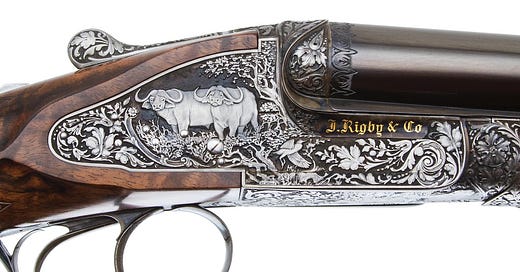




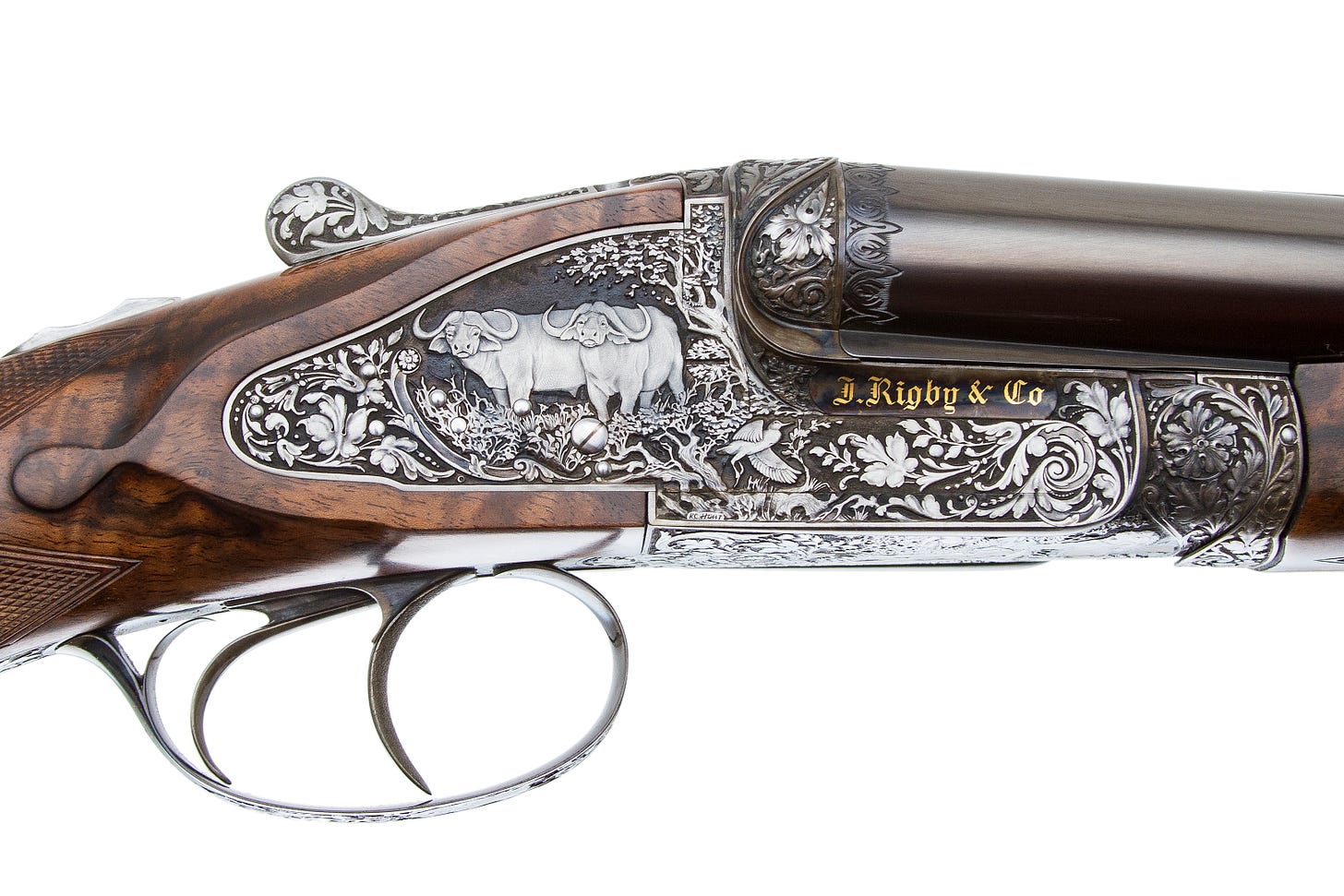
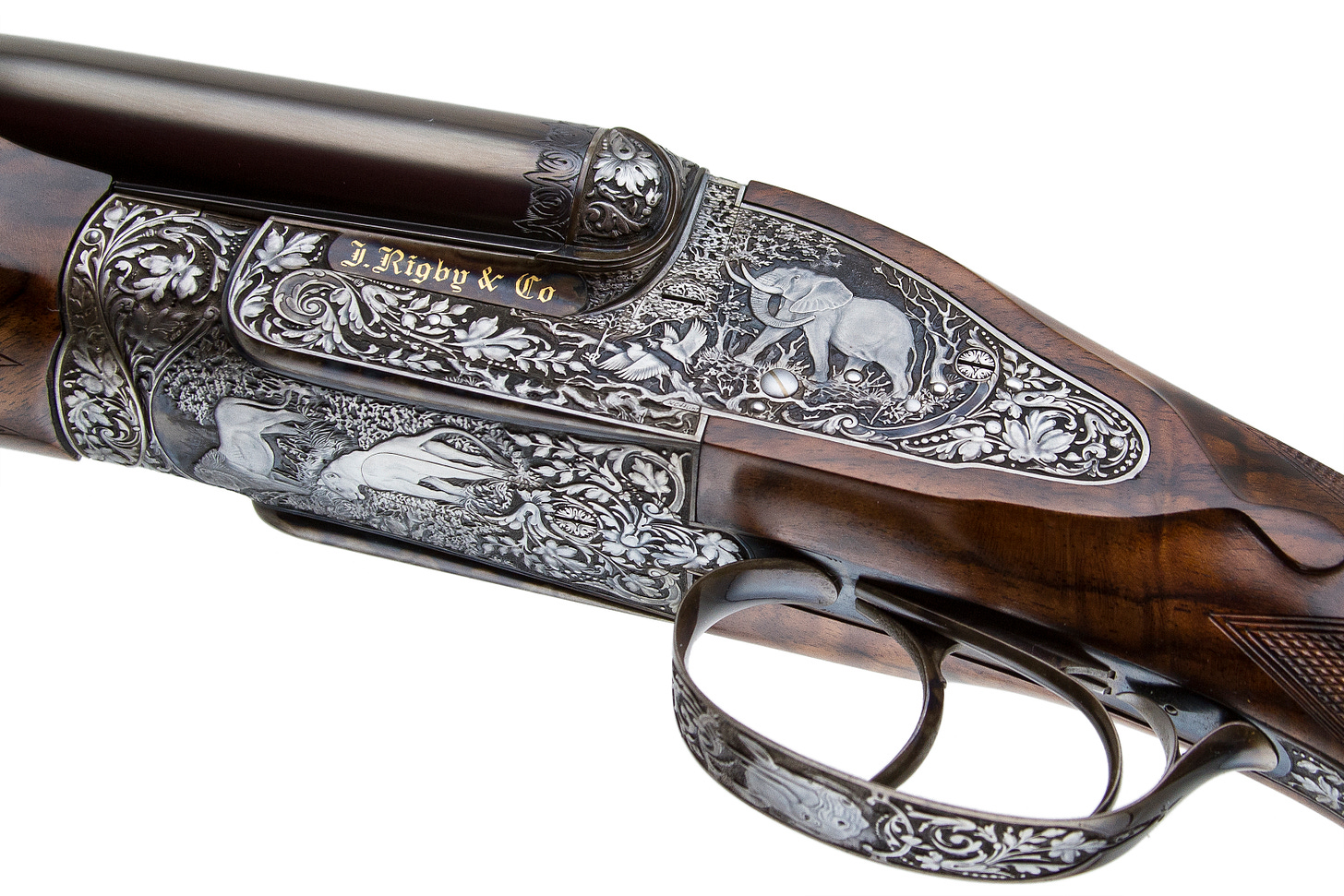



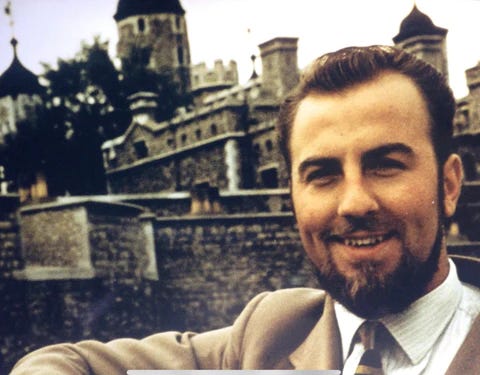
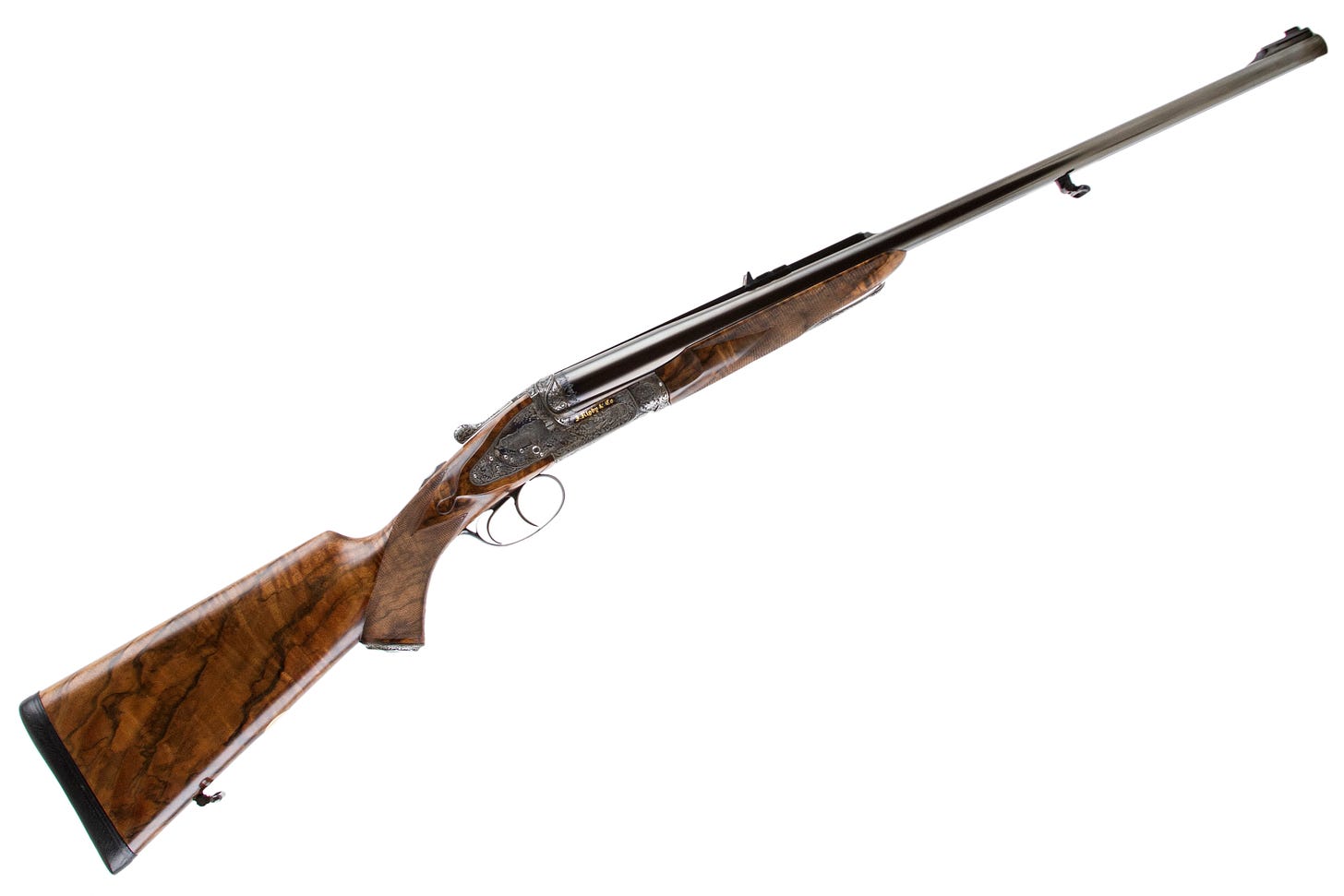
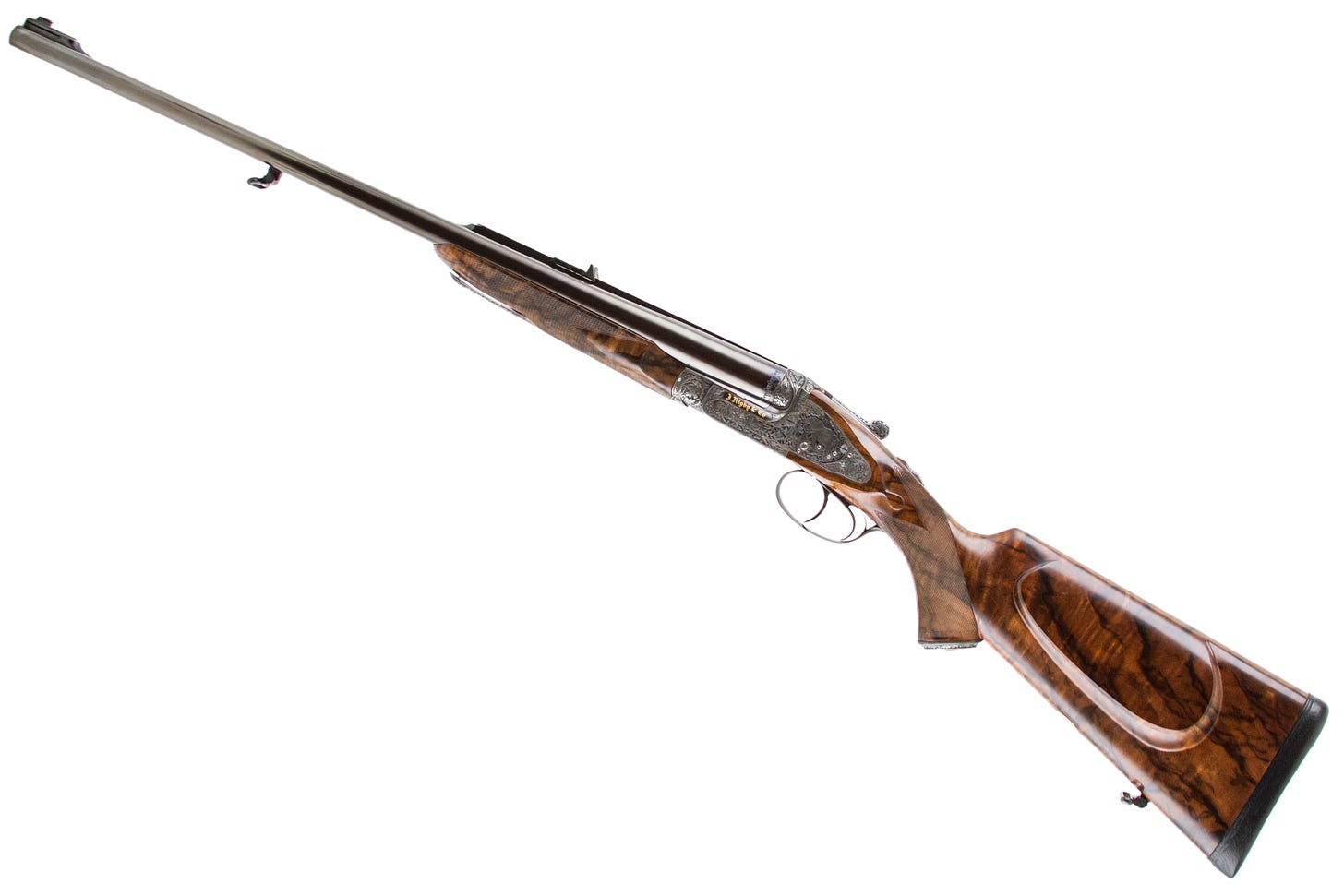



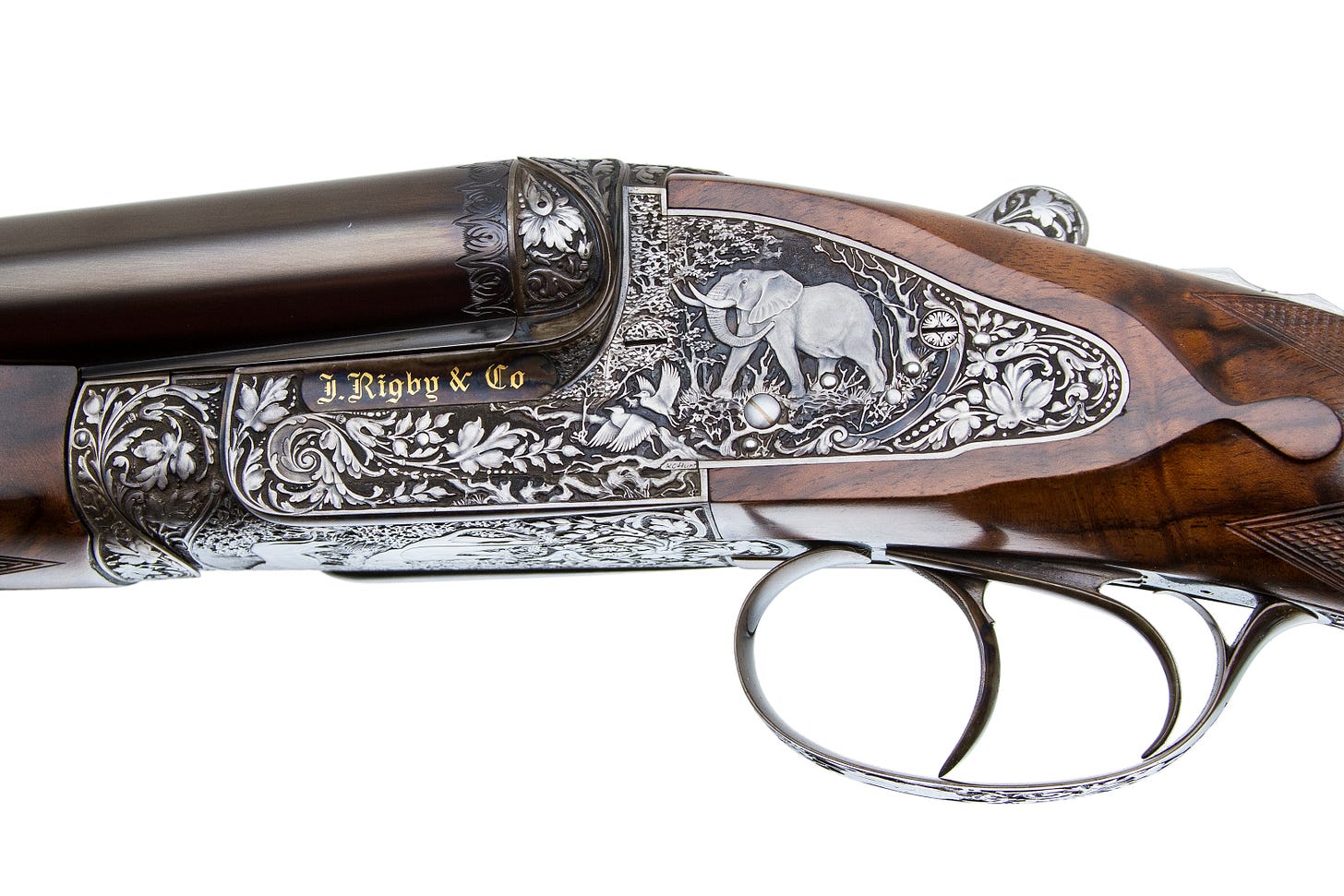
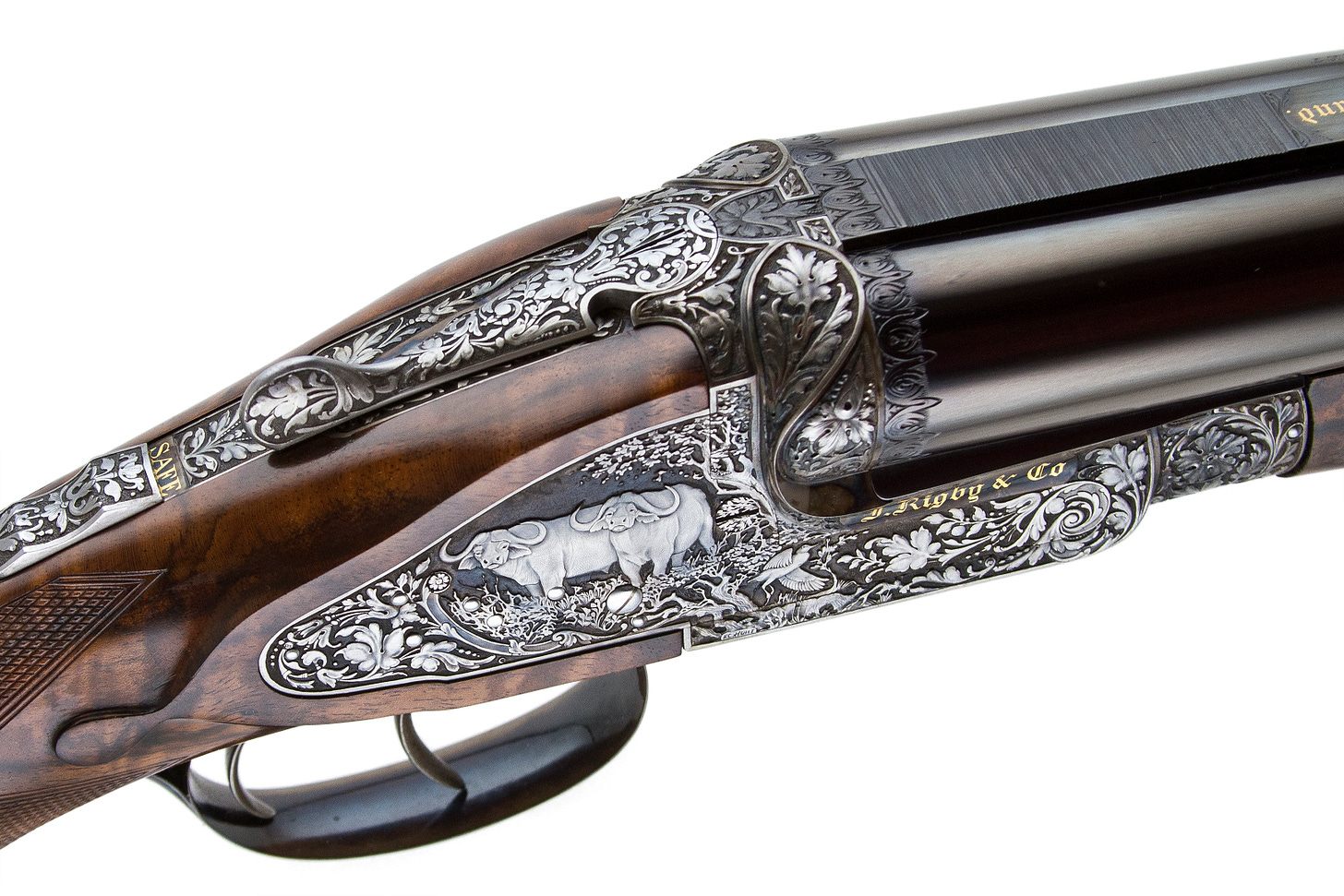



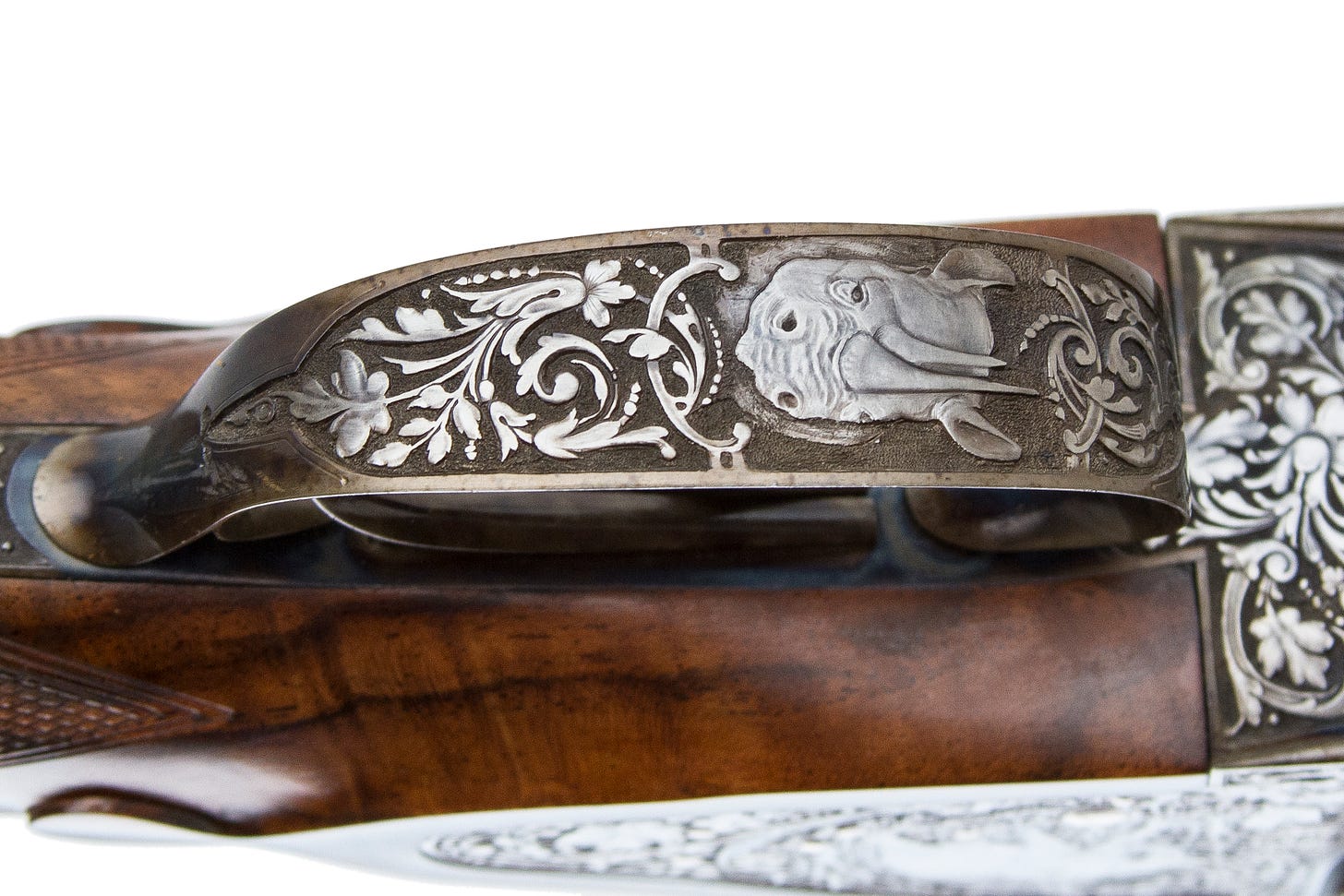
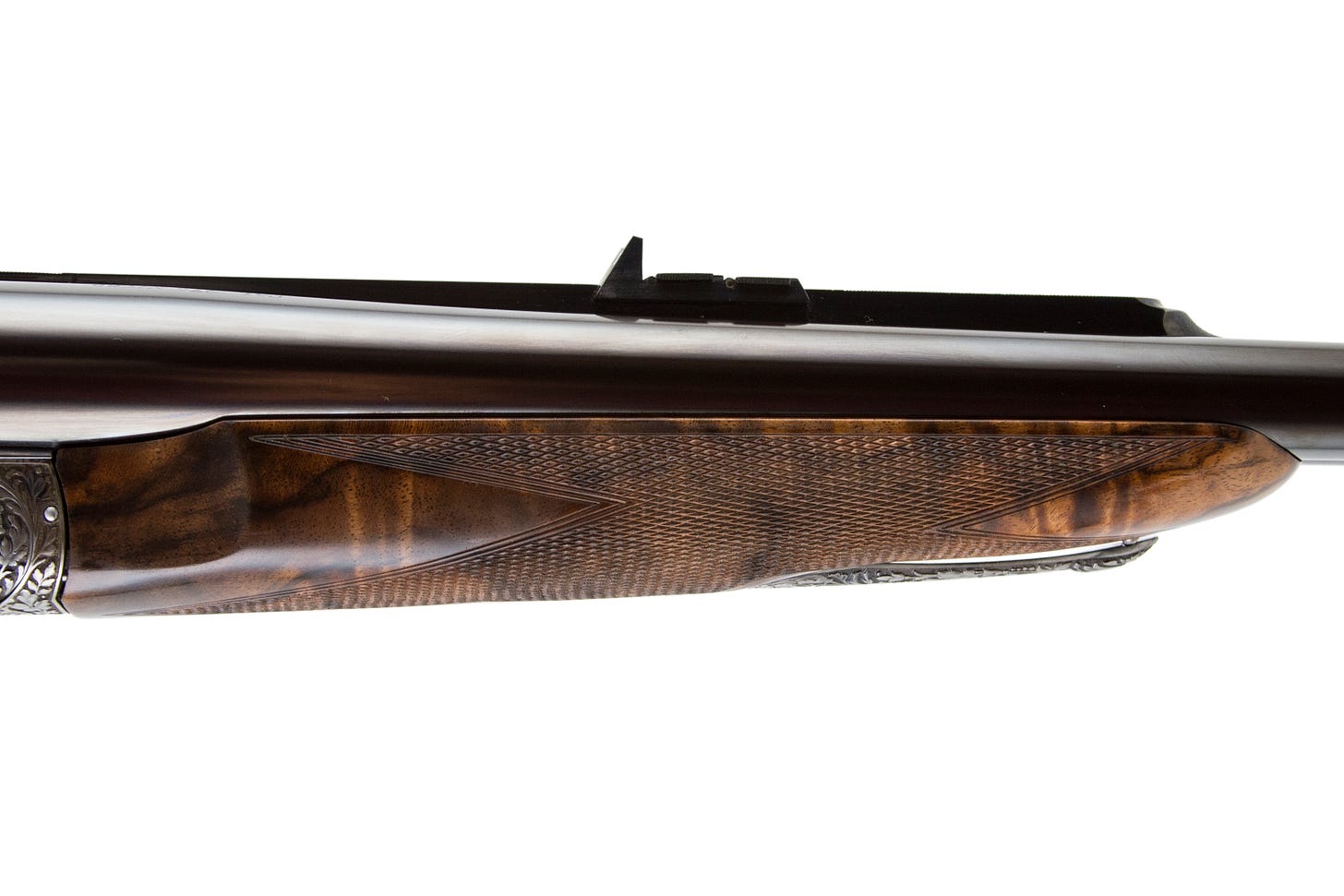


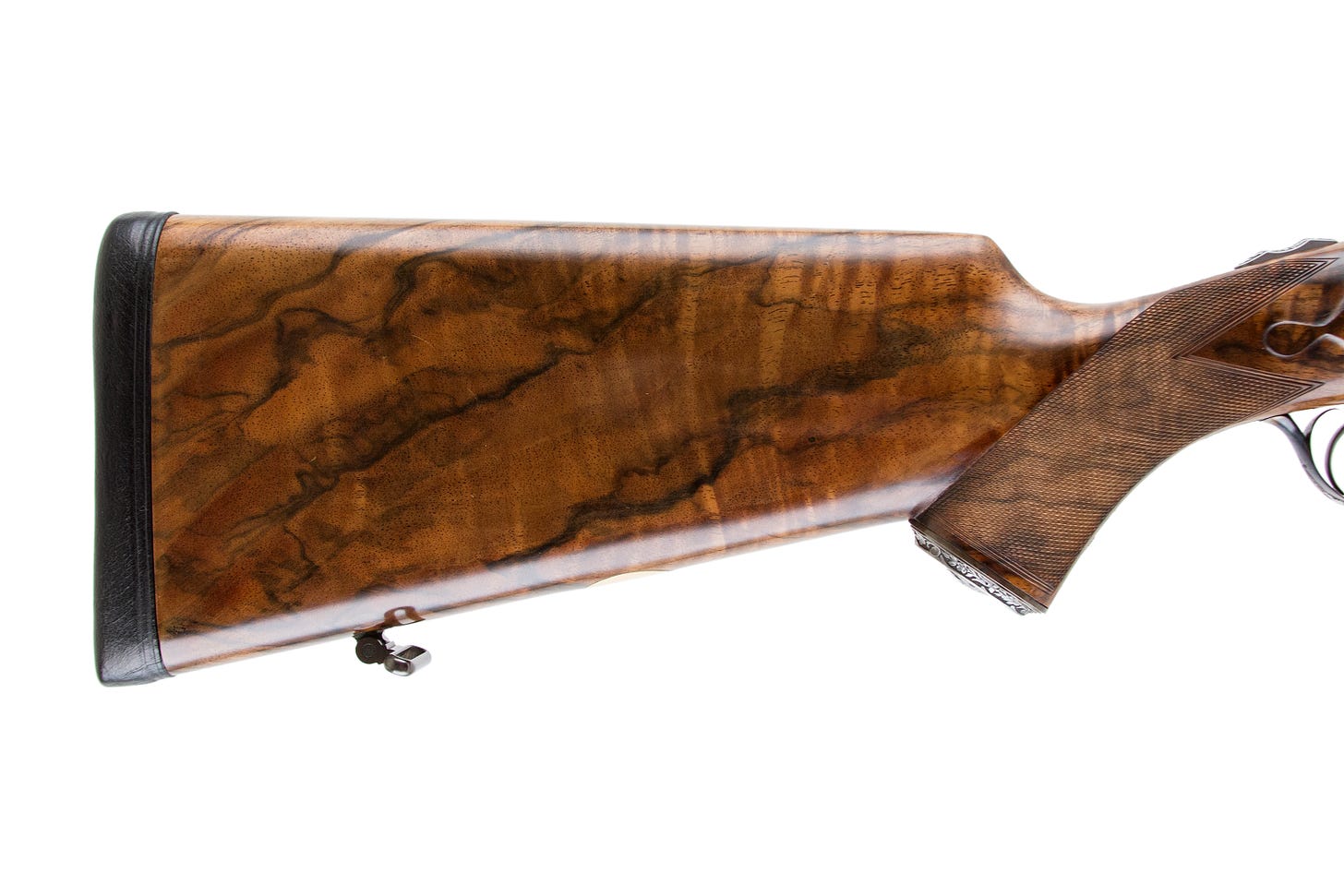
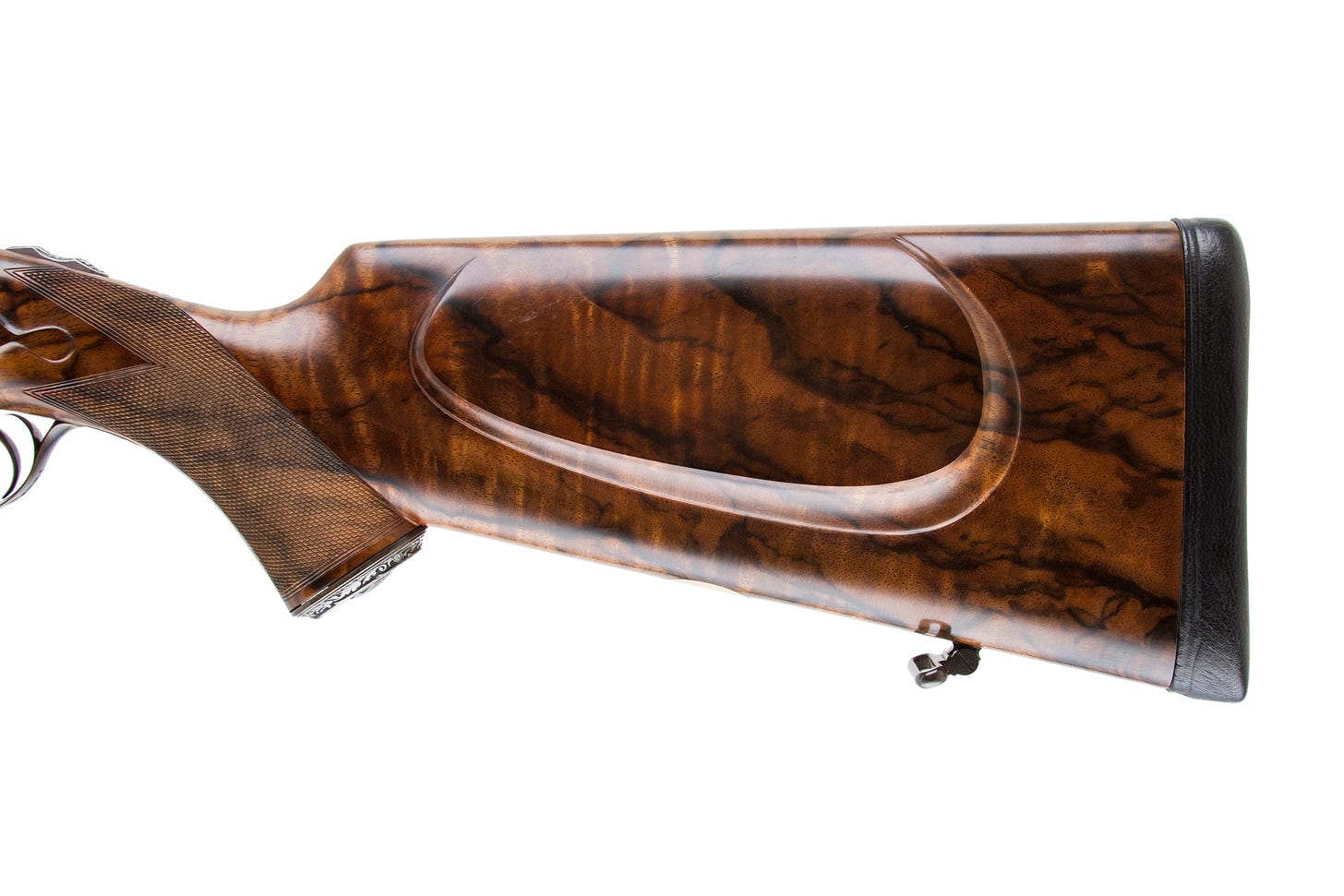


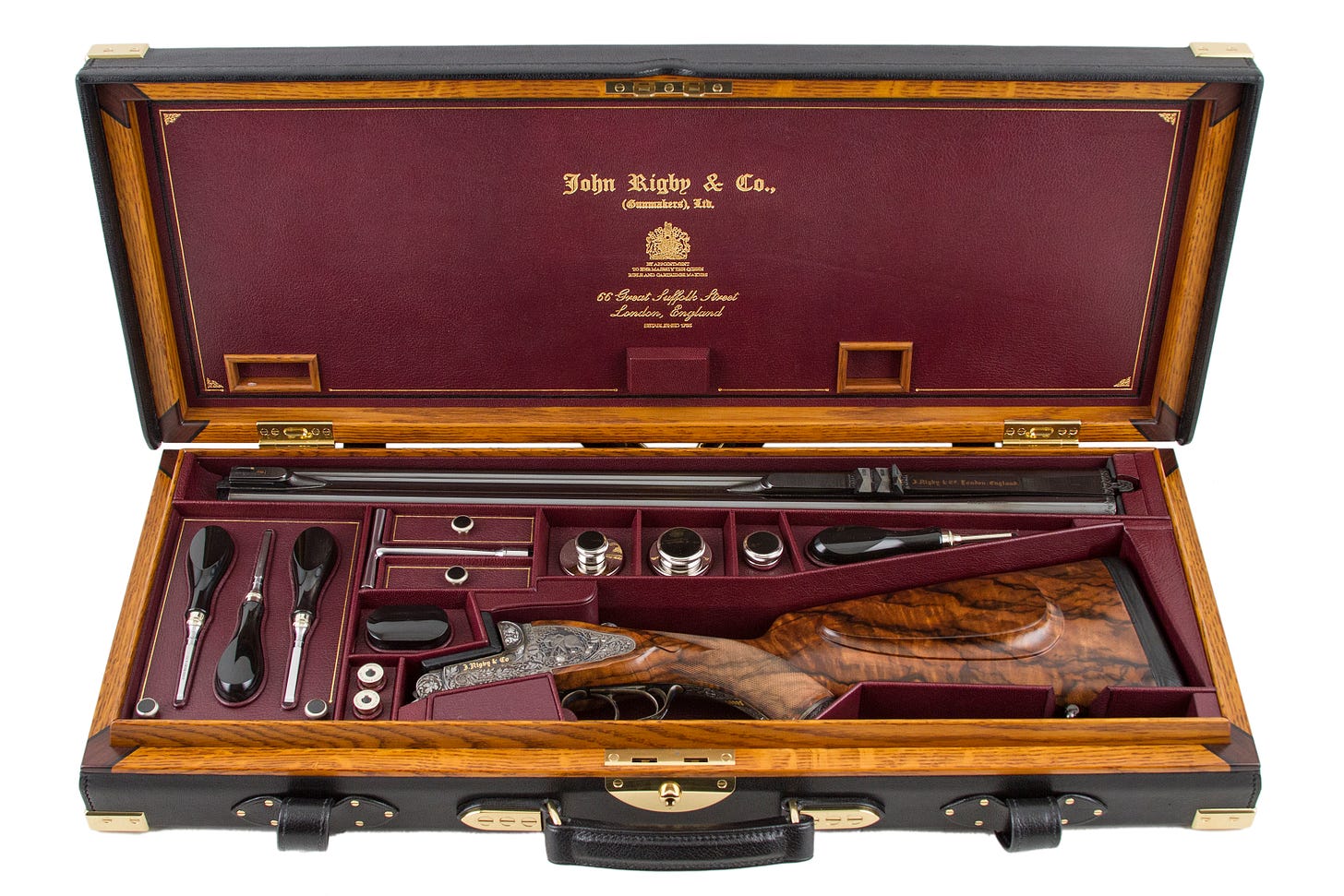


Share this post